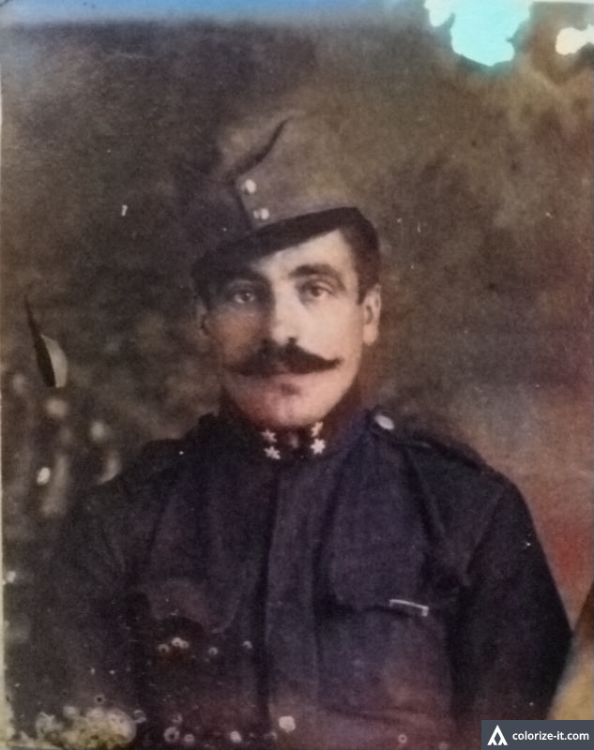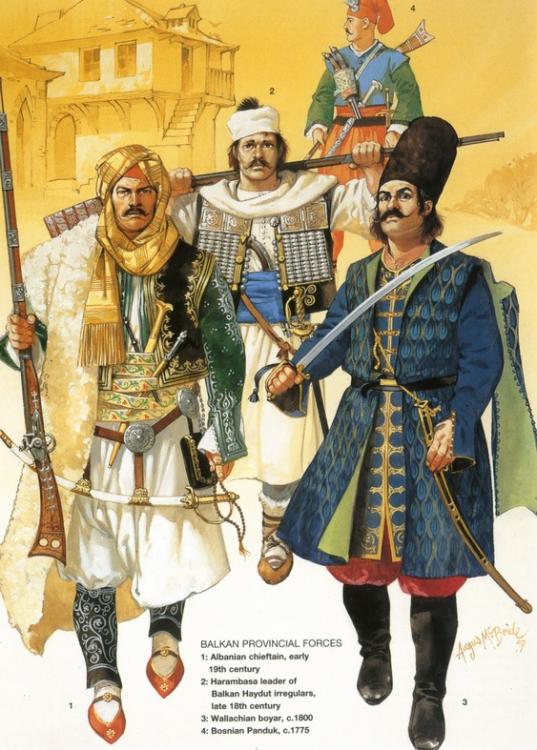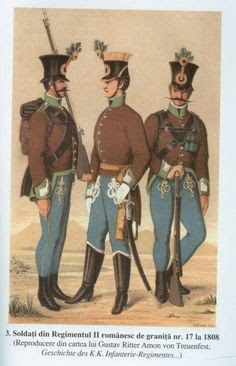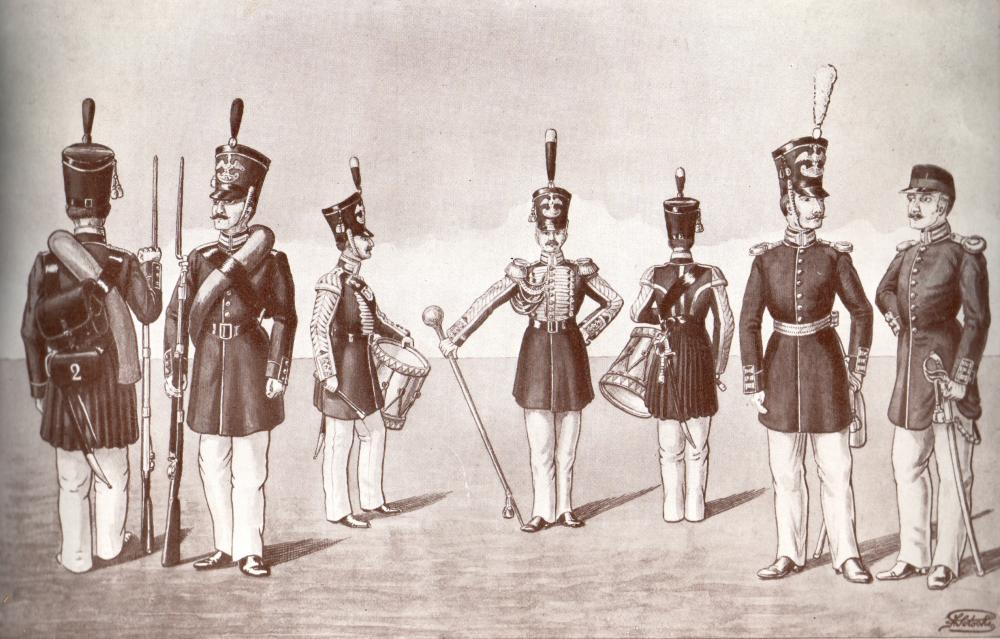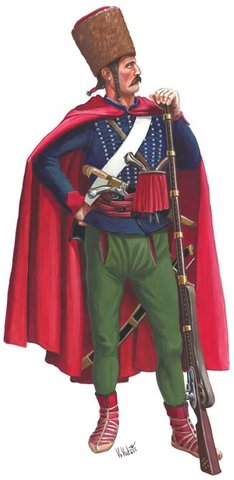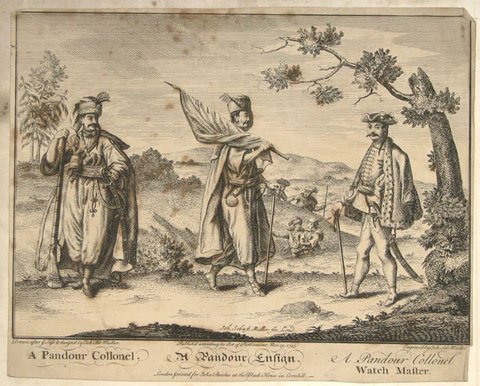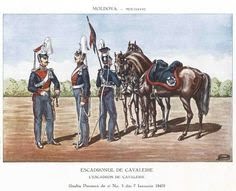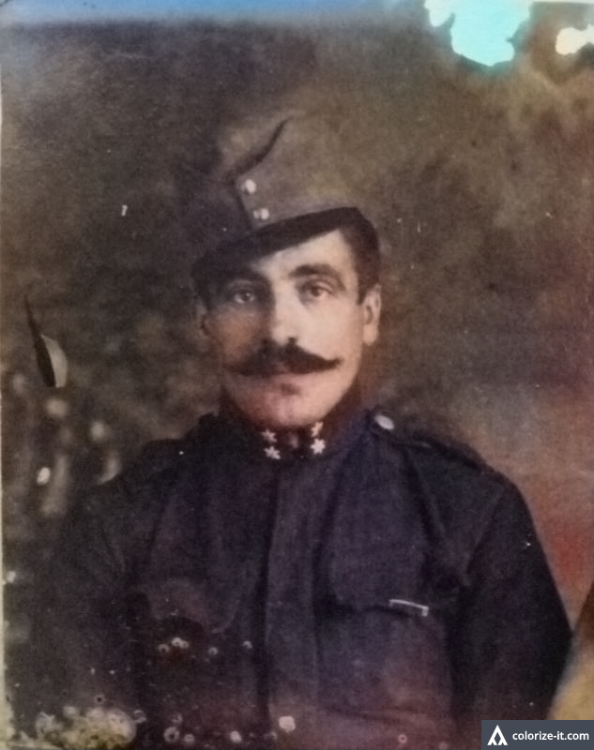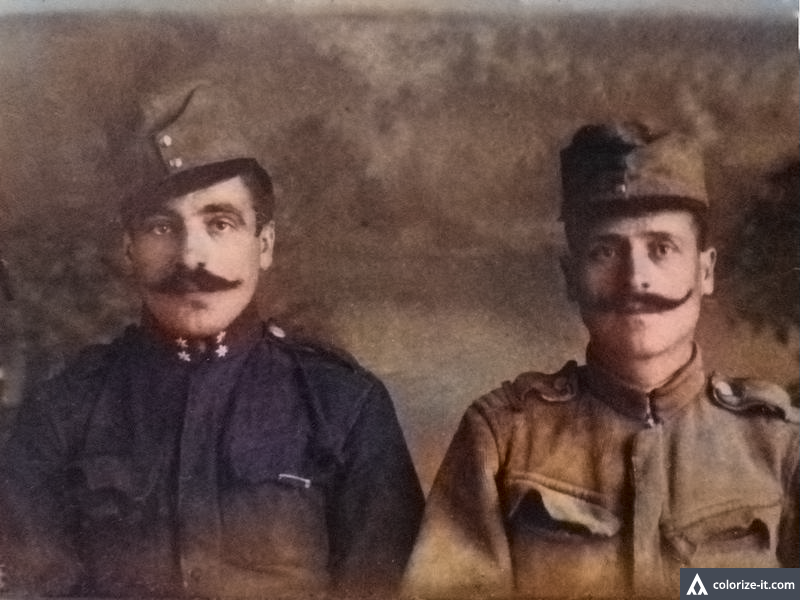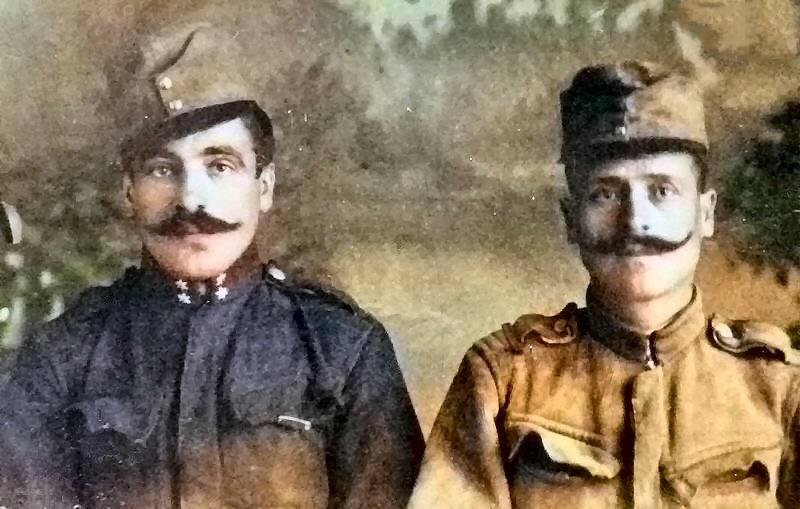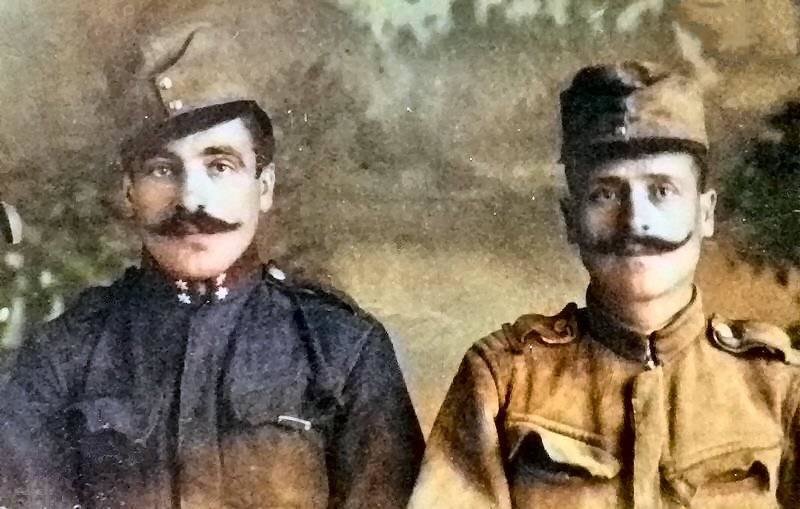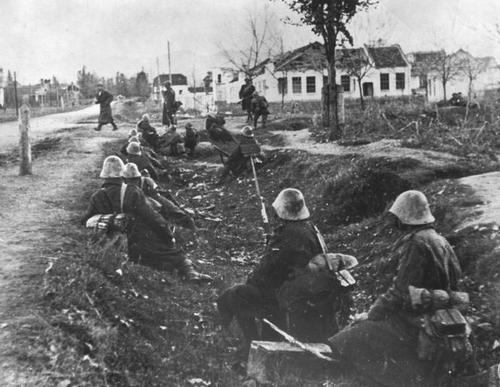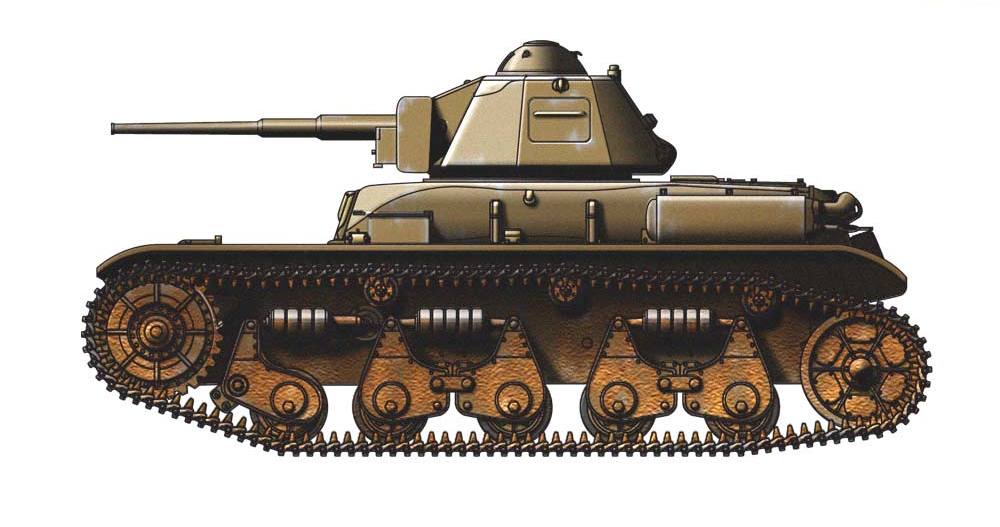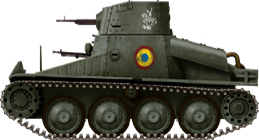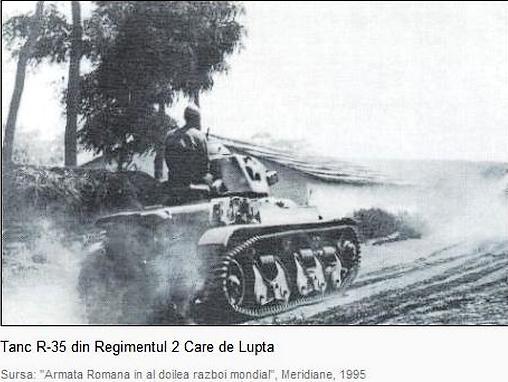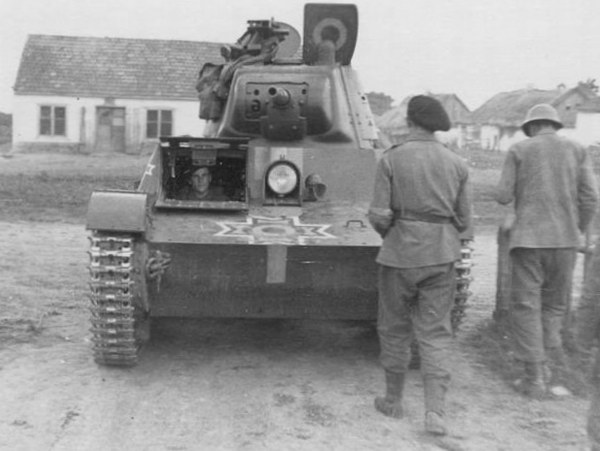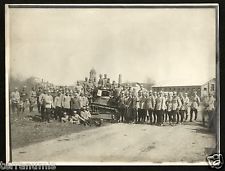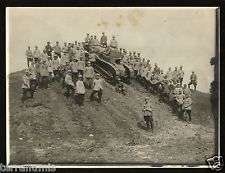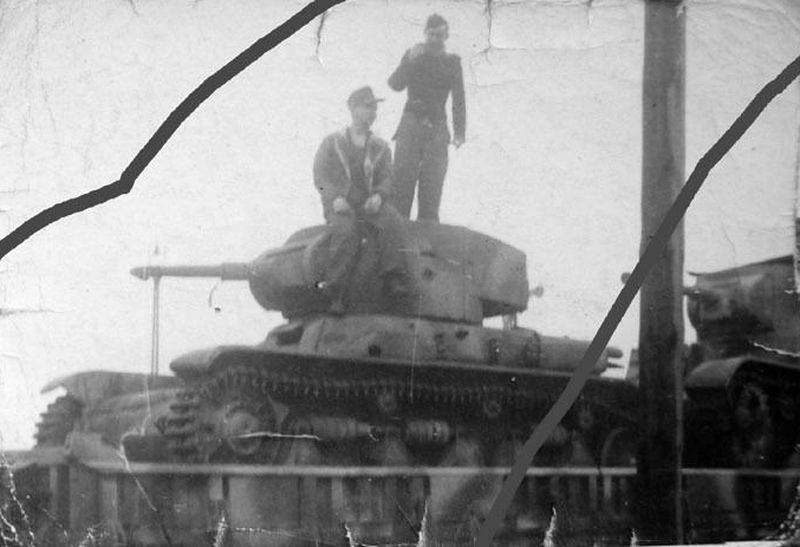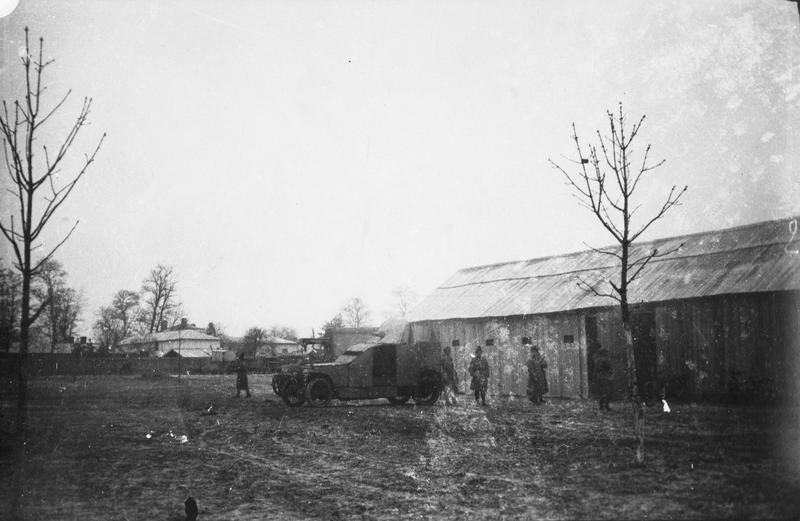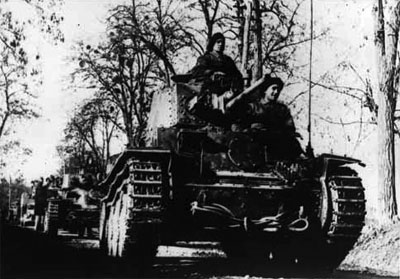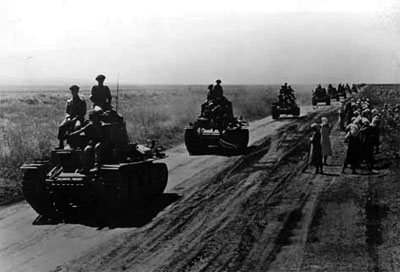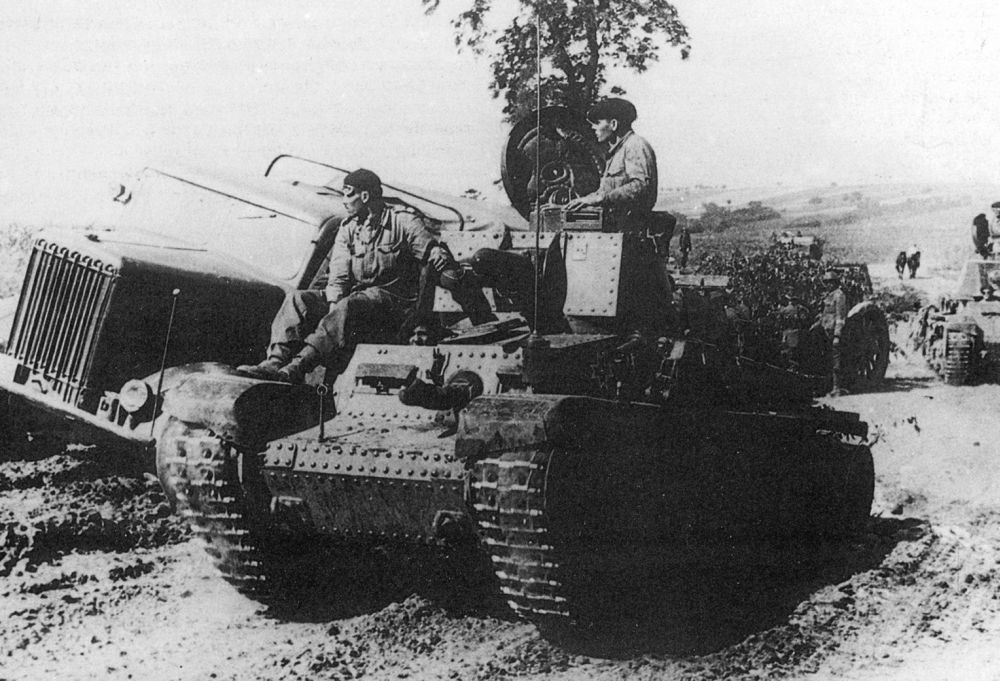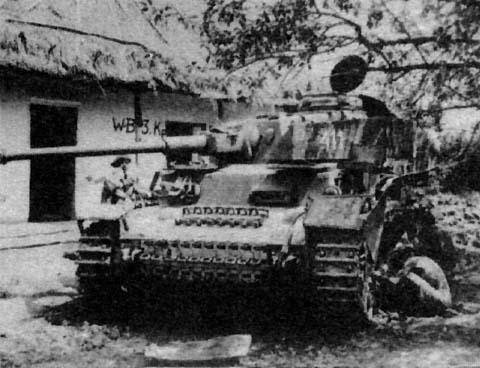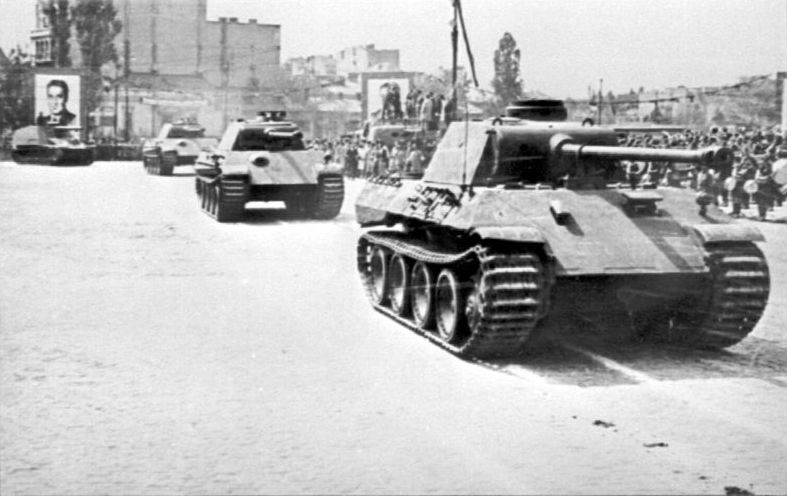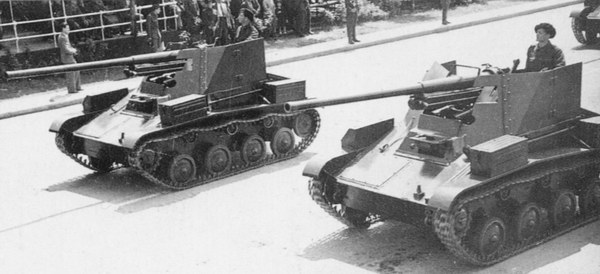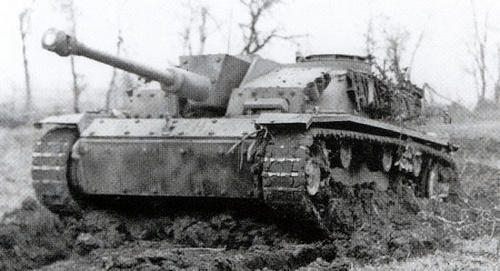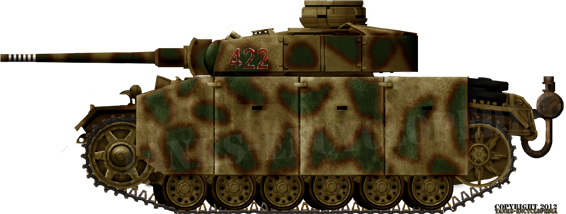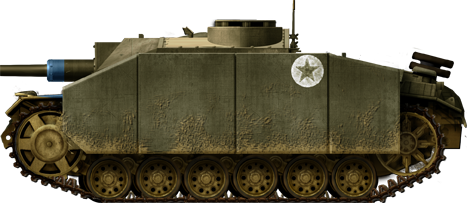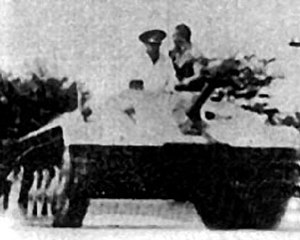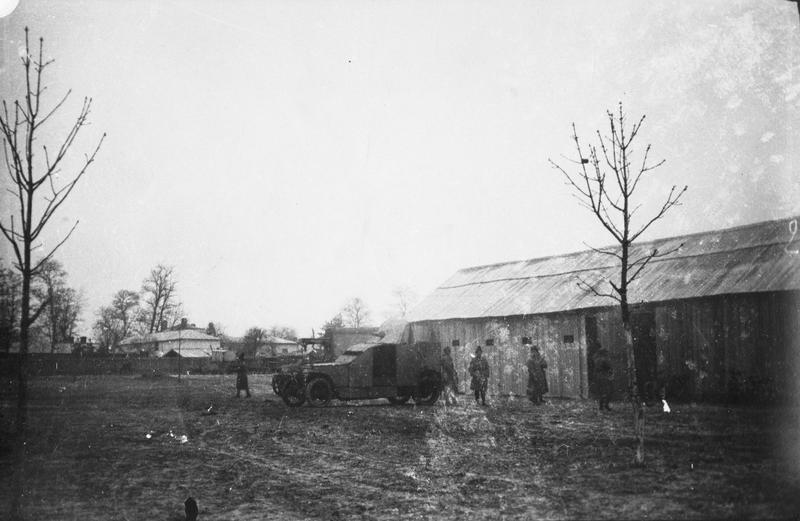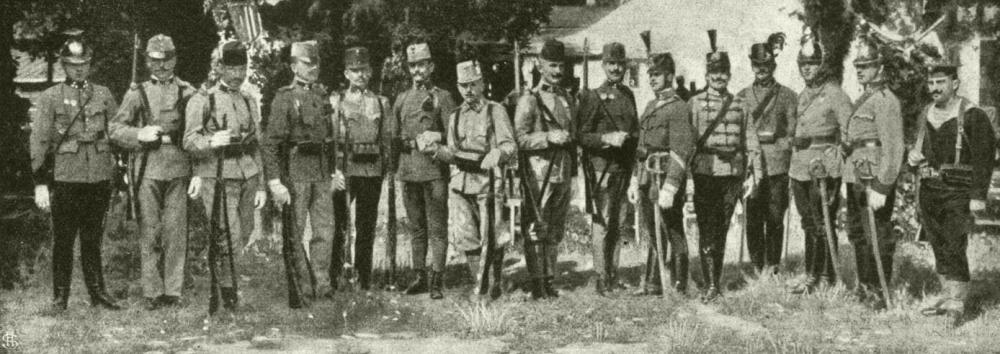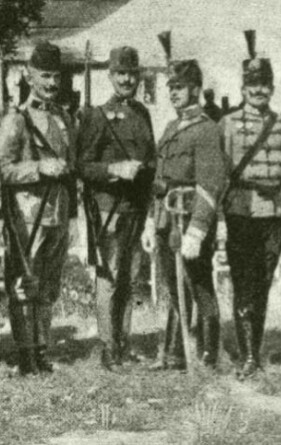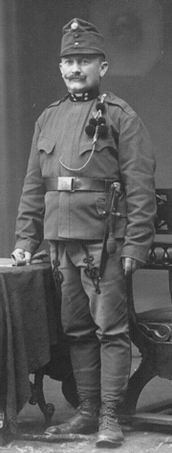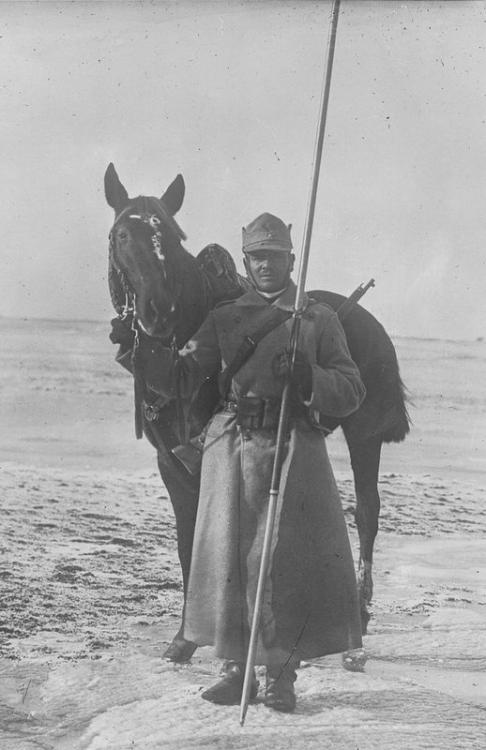
Morar Andrei
Active Contributor-
Posts
264 -
Joined
-
Last visited
Content Type
Profiles
Forums
Blogs
Gallery
Events
Store
Everything posted by Morar Andrei
-
Wallachian and Moldavian uniforms 1750-1815?
Morar Andrei replied to Morar Andrei's topic in Napoleonic Wars
Thank you! Now, the question would be about the uniforms of the units that served inside their own "countries". I only know that after Alexandru Ioan Cuza's reforms of 1862-1864, the permanent units of Wallachia and Moldavia, now united, would increase from 4000 soldiers to aproximatly 16000. That concludes the two principalities already had their own armies, even if very small, before the unification from 1859. How did these soldiers' uniforms look like? -
8th - 9th of October 1916. Outskirts of Brașov (Brasso), near the train station of Bartolomeu. After a two days battle against the german and austrian armies, repelling many weaves, an entire romanian regiment of 300 soldiers is killed by the german-austrian artillery, without any survivors. Historiography generally agrees on what has happened, but presentations vary in detail, and sometimes interpretation becomes tendentious. The Romanian-Romanian newspaper "Gazeta Transilvaniei" reported the event five years after its production: "It was a huge battle during which the company and half of the 45th Regiment (Vlasca) had spent all the ammunition. The enemy, seeing the stubborn resistance that opposes it, was the belief that there was a strong Romanian archery in front of him. Consequently, he concentrated more powers and after two days of fighting, he forced the night to Oct. 10. (Sunday) the crossing of the railway beyond Bartolomeu station, which Captain Cristescu Sava defended with 1/2 company, who had to withdraw in front of the enemy puff. By this sudden retreat during the night, the left wing of the line of shooters, which was hauled along the railway line from Bartholomew railway station to Brasov railway station, remained uncovered and unaware of what had happened. The enemy, who had crossed the line using the darkness of the night, snatched two machine guns into the Bartholomew machine depot, placing them in a window to the left flank of the line of shooters, and behind the line of shooters, armed with hand grenades. In the morning of 10 Oct. the Romanian company suddenly woke up from its flank with a machine-gun fire. Many soldiers have fallen dead in the first few moments. Those remaining alive have begun to retreat to the city. But taking a few steps back, they were greeted with hand grenades. Of about 250 soldiers, who were along the track, he did not get away with life. All were barbarically killed on the flank and back. This cruel act, which the enemy also recognized in describing the Battle of Bartholomew, was undoubtedly a vengeance for the two-day struggle that fallen Romanian heroes and the fear that the opponent had stopped for 2 days the advancement is found to be much higher than it actually was. Immediately after the fight, an enemy officer photographed the line of shooters with the fallen Romanian soldiers ... By concluding another finding made by the enemy. For the soldiers fallen in the line of shooters, no cartridge was found. Evidence that in the 2-day battle they shot all the bullets. " Photos taken by the German army, shortly after the cessation of fire, and published in a war propaganda booklet:
-
-
Reading about the history of the Romanian Principalities at the beginning of the 19th century (Wallachia and Moldova), I realised that they weren't under complete ottoman occupation, but just paying the yearly tribute. Thinking so, they would had had own armies, even if very small, and the uniforms of their soldiers would be a mix betwen russian, slavic, austrian and ottoman uniforms. But still, is there any image related to my question? This is what I found yet,nit sure about all, but hope to get more suggestions...
-
Austro-Hungarian unknown uniform
Morar Andrei replied to Morar Andrei's topic in Austro-Hungarian Empire
Finally got more information, as an update to the current situation. Here what I can connect to them: - native from Kucsuláta (Cuciulata in Romanian), part of Fogaras district - fought in the Austro-Hungarian Army as infantry soldiers - one of them looks to have the rank of corporal in a Honved division, the other one being just a rifleman - most probably members of the Royal Hungarian Infantry Regiment Nr.23, 3rd battalion (battalion garrisoned in Fogaras) - the fate of the regiment, such as these two's, is unknown to me; they maybe fought in Galicia, Serbia, Italy or Romania - in the photography of the Cuciulata conscripts returned home in autumn-winter 1918, these two guys are not visible, which would mean some possibilities: a) they died on the front, but I haven't seen any mention of that on the WW1 heroe's monument from Cuciulata or in the cemetery of austro-hungarian soldiers from Făgăraș, even if there are many romanian names; they fought in Italy, and maybe joined the Romanian Legion from the italian army (argument reinforced by the fact that many soldiers of that unit were from Făgăraș and the sorrounding villages), unit which was disbanded only in 1919, year when its members returned home c) the just weren't visible in the image, which would be a bit awkward, because everyone there is very visible - I'm not sure if they are from my direct family line or are indirect relatives, even thou my family name is very common in that area (Morar, Moraru, Morariu etc.). Plus, in some possible hungarian registers, their names might be adapted to the hungarian form, which would be a bit puzzleing Also, I got some colorised images, which might help: -
I'm looking for a romanian soldier that fought in the Second World War. His name was Țurlete Tudor, native from Măgura, a village located now in Teleorman County. He fought from 1941, got to Stalingrad and the Don's Cot. After 23rd of August 1944, he became prisoner to the german army and sent to a POW's camp, but escaped during an air bombardment over the station where his train was, somewhere in Hungary, and got back to his village in Romania by foot. He was my grand-grandfather's dad. I would like to find more about him, my curiosity being aroused by some old stories told by my grandfather not so much time ago.
-
Austro-Hungarian unknown uniform
Morar Andrei replied to Morar Andrei's topic in Austro-Hungarian Empire
-
Austro-Hungarian unknown uniform
Morar Andrei replied to Morar Andrei's topic in Austro-Hungarian Empire
In another source, someone confirmed that this might be a Royal Hungarian Infantry Reginent 23 uniforn, maybe right a wartime one. He placed these two betwen 1914-1916, but if the were not send to the front, the timeline can be extended until 1918. One sure thing: in the 1918 photo from their village, these two guys look to be missing, wich majes the things a bit puzzleing -
Austro-Hungarian unknown uniform
Morar Andrei replied to Morar Andrei's topic in Austro-Hungarian Empire
Conclusion: probably Honved? If yes, aproximately what year, according to his uniform? Thank you very much! -
Armoured vehicles used by Romania in WW2
Morar Andrei replied to Morar Andrei's topic in Armour, Vehicles, Ships & Aircraft
Here are some other interesting images: On the last images are possible not to be from WW2 (last one is), but from the 1919 Hungarian-Romanian War. Have I missed any vehicle (I also mentioned the R-35 tank destroyer, the variant with the T-26 turret)? -
Romanian equipment in summer of 1917
Morar Andrei replied to Morar Andrei's topic in Armour, Vehicles, Ships & Aircraft
-
As known, Romania used many vehicles from different countries: Czekoslovakia, France, Germany and even some captured soviet light tanks. There were attempts for converting some old tanks into tank destroyers. Who is interested in? If you are, here is a list of a few of them, together with pictures: - Renault FT-17 - Renault R-35 (30 later converted into the "Vânătorul de care R35" tank destroyer) - AH-IV (known as R1 in the romanian armoured forces) - Panzer 35(t) (known as R2 in the romanian armoured forces) - Panzer 38(t) - Panzer 3 (known as T3 in the romanian armoured forces) - Panzer 4 G, H and J (known as T4 in the romanian armoured forces) - Panther D (known as T5 in the romanian armoured forces) - Stug III (known as TAS in the romanian armoured forces) - TACAM T-60 (a tank destroyer created on the chassis of the russian light T-60) - TACAM R2 (another tank destroyer created on the chassis of the Panzer 35(t)) - Mareșal (a dousin prototypes created, with a 76 or 120mm gun; similar design to the Hertzer) - TACAM T1 (only as a concept, based on the chassis of the AH-IV) - TACAM 38(t) (a project similar to TACAM T-60, this time based on the chassis on the Panzer 38(t))
-
Romanian armored car - What model?
Morar Andrei replied to Morar Andrei's topic in Armour, Vehicles, Ships & Aircraft
Thank you very much! -
Romanian armored car - What model?
Morar Andrei replied to Morar Andrei's topic in Armour, Vehicles, Ships & Aircraft
Here is photo from 1917 on the Romanian front, with a french model armored car (not sure about the model): -
I think that I was talking about the wrong picture. My intention was to find in fact about the second one, first one being just a comparison. The dark uniform is possible to be a Honved? I'm not 100℅ about his unit, but I think it was Royal Hungarian Infantry Regiment Nr. 23, 3rd battalion. Last two images of my content contain a very similar uniform to the second image. Any other pieces of information? Thank you anyways!
-
The 3rd battalion of this regiment was stationed in Fogarasch before going to the front . Which is the story of this battalion? I heard only just a bit about some involvments of the battalion in Galicia. But what year? Did they maybe fought at Przemsyl (that would explain why the guys from my image, if they were from this battalion, were not in a 1918 photography of the conscripts from Cuciulata)?
-
What about the Romanian Volunteers Legion from the Italian army? They were Austro-Hungarian conscripts from Transylvania, Romanians by origin who were captured by the Italian army and fought for Italy in battles such as Vittorio Veneto, if I am right. I only know that it was founded in 1918, but which was their contribution to the war effort? The guys from the first photo looks to wear Austro-Hungarian uniforms. Is there possible to be soldiers from the Infantry Regiment Nr. 23, especially the 3rd battalion? It they were not sent in Galicia, is possible to be in Italy
-
Now, with the possibility fir this guy to be a Honved corporal, I want to kniw if I can confirm that. If not, is there any other possibility? At least, it has the 4 stars ranking the Austro-Hungarian corporals... More than that, I found an image with many types of infantry soldiers, one of them possibly wearing my uniform. This one is after 1908, because of its colour, much brighter than mine.And this is mine... Transylvanian conscript, year unknown, possibly a Honved corporal during or even before the war...
-
The only thing that I know about this unknown battle (not even mentioned in the history books) is that it took place betwen the romanian forces and a huge column of retreating russian soldiers that wanted to enter the town. The russians shelled the romanian positions and tried to forcely conquer Galați, but were stopped by the defenders and forced to sorrender, then escorted to the border and sent in Russia. It is also the only time in Romanian military history when they used combined land units, air support and naval bombardment to defeat a more numericly advanteged enemy. It's one of the more obscure battles, that took place at the beginning of 1918, and it's part of a longer series of battles betwen Romanians and Russian deserters or Bolsheviks, conflicts that would continue until 1919-1920. The numbers for this battle are not sure: approximately 450-500 romanian soldiers, adding then the population if Galați, against a few thousant russians.
-
That happens on the autumn of 1916 during the battles for the Argeș Valley. A colonel sent the cavalry squadrons, just like in the Napoleonic Wars, to charge a German machineguns post, taking huge casualties: out of 327 soldiers, there remained only 84, and out of 14 officers 5 survived. What happened more exactly that day and which was the determination to make such a bold move? Thank you very much!
-
After the French Military Mission in Romania from the winter and spring if 1917, the Romanian Army got modern equipment from the French and the British (modern planes, modern artilery, Lewis, Chachaut and Vickers machineguns, armored cars). But I want to know, what kind of airplanes and armoured cars did Romania use during that year? I have abit of an idea about some planes and an Austin armored car from 3rd series, but I want to find out more.
-
Yeah, the romanians intended to create a tank destroyers similar to the german Hertzer in 1944, and it could even get on the frontline unless the events of august same year. Originally, it was intended to have a 122mm howitzer, then switched to a 76mm anti-tank canon, and finally back to a 122mm one.But I knew that all of the 10 prototypes built and all the plans for this tank have been confiscated by the soviet occupants and sent in Russia (nobody knows even now what happened to them). But is this at least a replica of an original plan of this tank destroyer ?

